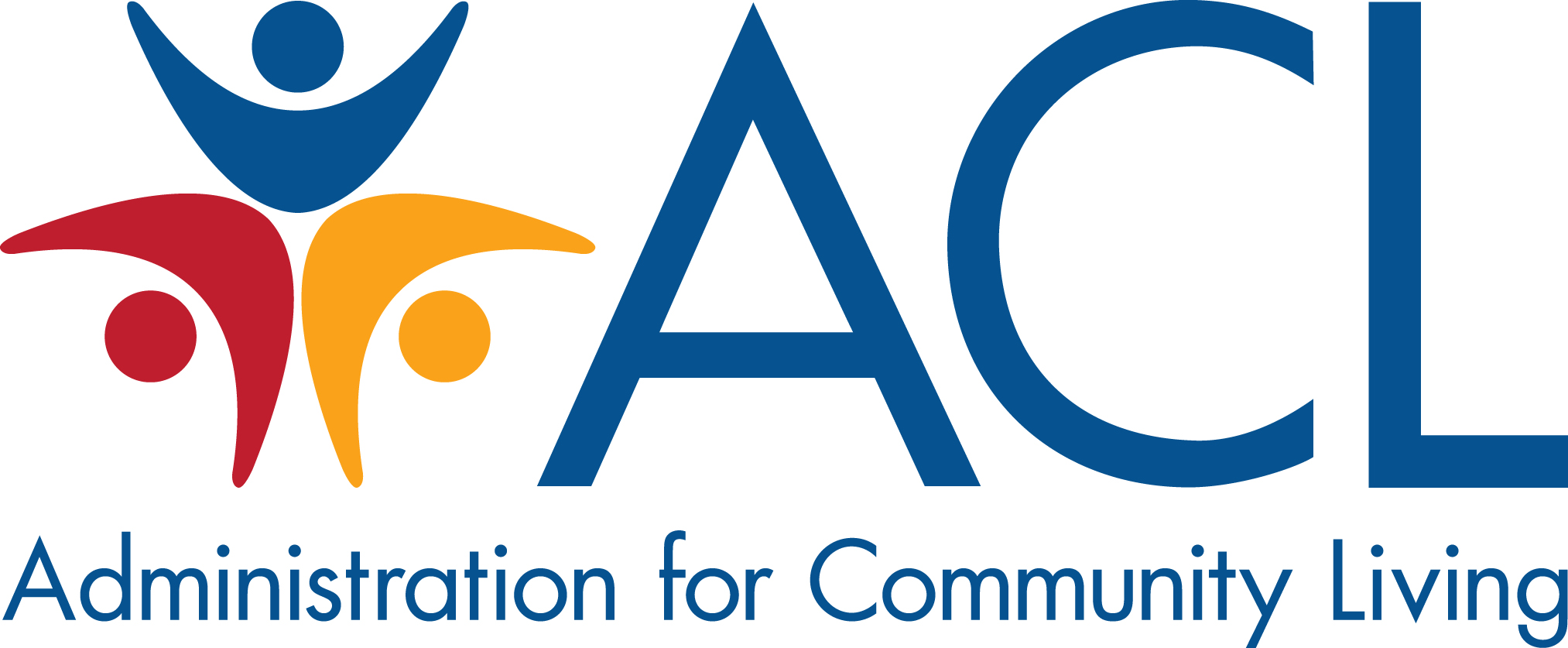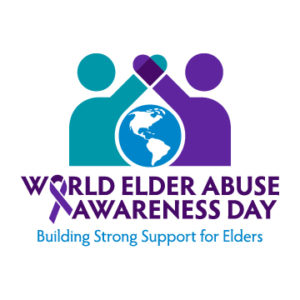See Me for Me at Any Age: Celebrating Developmental Disabilities Awareness Month
Santa Perez of People First of Nevada is a lot of things.
“I am an advocate. I am a woman with a BA in Psychology. I sit on many committees around the state. I am a mom with a 15 year old son. I own my own home. Oh by the way, I have a disability!” she says in “Hear Me” a video produced by the Nevada Governor’s Council on Developmental Disabilities.
Perez captures an idea that is at the heart of this year's Developmental Disabilities Awareness Month (DDAM) theme: "See Me For Me." It builds recognition of the fact that every person with a developmental disability is a unique individual with their own interests, skills, and passions. It’s an outstanding theme for DDAM – and it’s a concept we work to support year-round at ACL.
In fact, ACL promotes a person-centered approach across our programs. This approach puts the person receiving services, and their family, in the driver's seat, developing a set of formal and informal supports based on their individual strengths, culture, and goals. We’ve been working with the aging and disability networks across the country for more than a decade to incorporate these principles into the systems that support older adults and people with disabilities, and we’re proud of the progress we’ve made.
Promising practices are found in every state. For example, some states are offering people with developmental disabilities the option of self-directing the services they receive through Medicaid Home- and Community-Based Services waivers. This means they get a budget, which they use to pay for the services they decide will help them the most. They also decide who will provide the services. If they decide they want less support with cleaning and more transportation, they can make it happen. We’re excited to see this model starting to spread.
ACL and DD network partners work to empower people with developmental and other disabilities to explore, and make the most of, the things that make them unique. This starts with helping children get an early and accurate diagnosis and connecting families with appropriate services and supports. The early childhood and elementary years are also an important opportunity for children to develop the skills to advocate for themselves.
University Centers for Excellence in Developmental Disabilities (UCEDDs) offer a variety of diagnostic and support services to help families understand how they can help their child thrive. For example, the Mailman Center for Child Development at the University of Miami offers a variety of services emphasizing an interdisciplinary and culturally competent approach. This work includes helping parents understand how to best support their child with a disability, helping them develop skills to advocate for their child, and connecting them with other families who have shared similar experiences.
Many family advocates, as well as individuals with developmental disabilities, are involved in their State Council on Developmental Disabilities (DD Councils), either as council members or as participants in programs like Partners in Policymaking.
ACL also is working to promote accessible learning environments where children can interact with peers with and without disabilities. Many UCEDDs offer early childhood programs where children can receive specialized supports without being completely isolated from their peers; the Early Childhood Education Program at Ohio State University’s Nisonger Center is one such example.
As the school years whiz by and the teenage years begin, students approach a critical transition point that can help lay the groundwork for a successful future career. Working while in high school, developing independent living and specialized career skills, preparing for college, and maintaining high expectations all can help improve future career outcomes.
Last year, I made expanding employment opportunities for people with disabilities and older adults one of the "five pillars" that represent my top program priorities as ACL Administrator. ACL and our grantees have been doing important work on this front. Through our Partnerships in Integrated Employment Systems Change Grants, ACL is working to help states streamline their bureaucracies and make competitive integrated employment the first and preferred outcome for all people with developmental disabilities.
In addition, ACL programs across the country are working to increase employment opportunities for people with disabilities, for example:
Centers for Independent Living are working with young adults as they get ready to leave school and enter the workforce.
Assistive Technology programs are helping people with disabilities discover, test, and finance tools that can help them succeed in the workplace.
ACL’s National Institute for Disability, Independent Living, and Rehabilitation Research is investing in projects to develop evidence-based programs, practices, and policies to improve employment opportunities for people will all types of disabilities.
Protection and Advocacy systems help remove barriers to employment and ensure employment – and other -- rights are upheld.
And that’s just a few of them.
There are signs that the work of so many is paying off. For the past 23 months in a row, the percentage of people with disabilities in the workforce has increased. However that number, 34%, is still far too low, and we still have a lot more work to do. I want you to know that ACL remains committed to this work.
As people with developmental disabilities follow their own career and life paths, they often face a common set of challenges and barriers. ACL, our grantees, and our federal partners are working to address these barriers, including finding accessible housing, accessing needed services and supports, and getting to and from work or the grocery store.
I am happy to say that more and more people with developmental disabilities are enjoying older age. As their needs, and family support structures, change with time, we must ensure that our aging networks are equipped to support their unique needs. I am excited to see the aging and disability networks coming together, combining forces to make it possible for all of us to support more people, show the impact of our work, and do it better. The aging and disability networks have asked ACL to help bring the two communities together even more strongly, and we are looking forward to working together to make that happen.
I am grateful for the important work that ACL's grantees do every day to support people with developmental disabilities at every stage of their lives. I am proud to work alongside you to empower people with disabilities to blaze their own trails, share their full selves with the world, and help create a world that heeds the call to “See Me for Me.”


 Every year on June 15, we join forces with partners across the country and around the world to observe World Elder Abuse Awareness Day (WEAAD). Created by the International Network for the Prevention of Elder Abuse and the World Health Organization at the United Nations, WEAAD is an opportunity for communities around the world to raise awareness of elder abuse and neglect, and to renew our commitment to preserving the rights of older adults – including the basic human right to live with dignity, free from abuse and neglect. WEAAD also aligns with the United Nations International Plan of Action, which acknowledges the significance of elder abuse as a public health and human rights issue.
Every year on June 15, we join forces with partners across the country and around the world to observe World Elder Abuse Awareness Day (WEAAD). Created by the International Network for the Prevention of Elder Abuse and the World Health Organization at the United Nations, WEAAD is an opportunity for communities around the world to raise awareness of elder abuse and neglect, and to renew our commitment to preserving the rights of older adults – including the basic human right to live with dignity, free from abuse and neglect. WEAAD also aligns with the United Nations International Plan of Action, which acknowledges the significance of elder abuse as a public health and human rights issue.